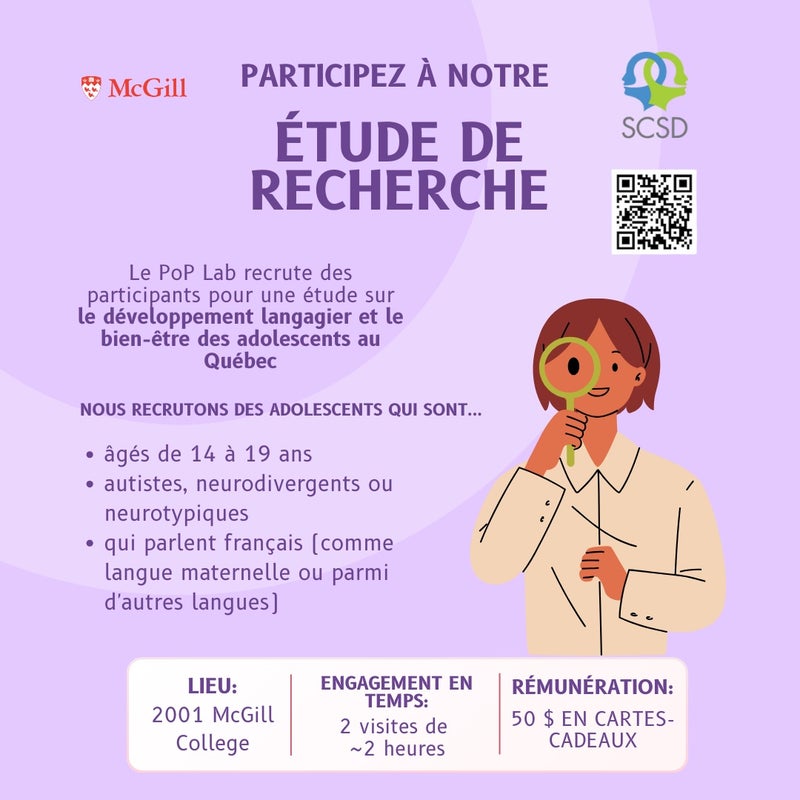Mindfulness of Emotions creates space
by Danika Swanson
As I’m writing this, signs of spring are popping up all around me. While in last year’s springtime edition, we focused on the changing landscape outside with the practice of Mindful Seeing, looking mindfully, or noticing what we see around us, this year we turn our attention to the changing landscape inside with the practice of Mindfulness of Emotions.
Remember, mindfulness means paying attention, on purpose, with curiosity and kindness. In the practice of mindfulness, we can choose to pay attention to many things: Our breath, sounds, thoughts, sensations, what we see, and more. In this practice, we focus our attention on our emotions and use emotional words as the anchor that holds our attention in place.
The practice of Mindfulness of Emotions is beneficial in that it enhances emotional literacy, which is our ability to recognize, understand, label and manage our emotions in a positive manner. Sometimes when we experience intense emotions, like anger, we say or do something that later we wish we could take back. This practice helps create more space between a strong emotion and our action, which allows us to choose words or actions more likely to meet our needs, and less likely to hurt ourselves or others.
The first part of this practice involves increasing our emotional vocabulary. For younger kids, start with reviewing basic emotions: happy, sad, scared, angry, excited, etc. You can play with naming emotions and asking your child to show that emotion on their face. Or show it on your face and ask your child to guess the emotion. Ask your child what they noticed or felt in their facial expression and body with different emotions.
For older children (and adults!) work on expanding your emotional vocabulary. Choose a few emotions (happy, sad, excited, nervous, bored, curious, restless, peaceful, confused, confident, embarrassed, proud, angry, grateful, etc.) and say them out loud. What do you think or feel when you hear various emotions? What thoughts arise in your mind? What do you feel in your body? Some examples might be to notice if your hands are clenched or open? Is your jaw tense or relaxed? Is your heartbeat fast or slow? Do you feel warmth or coolness, etc.? It is important to note that while we might experience some emotions as more or less pleasant, there are no "good" or "bad" emotions. All emotions communicate important information.
The second part of the practice is a more “formal” practice:
- Pick a mindful posture that works for you and let your eyes close or gaze softly in front of you.
- Notice how you feel. Bring your attention to your preferred anchor – feet on the ground, inhalation and exhalation, sensation of sitting, etc.
- Sit for a few minutes. If you notice an emotion, use an anchor word, such as “anger, anger,” or “sadness, sadness.” Say it a few times silently in your mind.
- What emotions, sensations or thoughts did you notice? Are some emotions easier or more challenging for you to pay attention to?
Resources:
- The opening scene of the movie Inside Out (Disney Plus).
- Name That Emotion with Murray! (On Sesame Street's YouTube channel)
- Mood Meter Chart (www.marcbrackett.com, under About)
- List of Feelings (www.cnvc.org, chose Site Map then chose Feelings Inventory)
Danika Swanson is the consultant for the Spiritual and Community Animation Service at the English Montreal School Board. She was trained by Mindful Schools to teach mindfulness to elementary and secondary school students.









